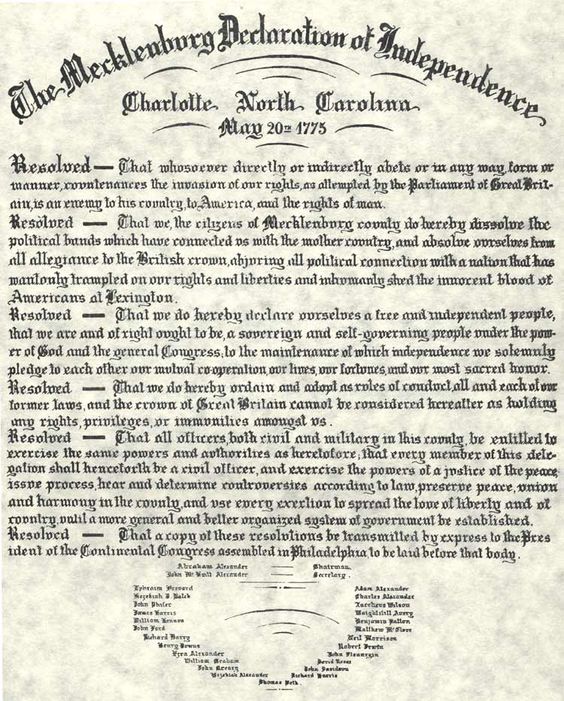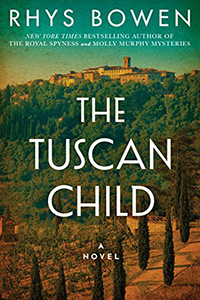Today is Bill of Rights Day in the United States. The first ten amendments to the U.S. Constitution are known as the Bill of Rights. Those amendments were ratified on December 15, 1791, when nine of the 13 states in the union at that time voted for their adoption.
The U.S. Constitution is a living, breathing document. Even when it was written, many people knew it was inadequate for the new nation because it gave the national government too much power and gave individual citizens and states too little power.
In fact, the U.S. Constitution itself was not ratified (adopted by three-fourths of the states) until there were assurances that amendments were going to follow. The process, though, was not as simple as one might imagine.
For Americans in 2025, the first ten amendments to the Constitution are taken for granted. They make sense to us. They appear to us as a neat little package we easily call the Bill of Rights; however, did you know that when the first Congress of the United States convened on March 4, 1789, they considered 145 proposed amendments?
I would have loved to have been a fly on the wall in their meetings in New York City over the next six and a half months to hear the debates! Can you imagine?
On September 25, 1789, the Congress submitted 12 of those 145 amendments to the states for consideration. Ten of the 12 were approved by the required nine states over the next 27 months and the Bill of Rights became the law of the land on December 15, 1791.
I tried in vain to find a list of those 145 proposed amendments online this weekend. It would be interesting to know what they were about and why only 12 of them were submitted to the states for consideration.
Even without knowing what the other 133 proposed amendments addresses, I can safely say that our lives have been much simpler since 1791 with a ten-amendment Bill of Rights instead of a 145-amendment Bill of Rights!
The Bill of Rights, condensed version
The First Amendment guarantees us freedom of religion, speech, and the press.
The Second Amendment guarantees us the right to bear arms.
The Third Amendment guarantees that in a time of peace, no citizen will be required to house a soldier without their consent, nor during a time of war except as prescribed by the law.
The Fourth Amendment guarantees us to be secure against unreasonable searches and seizures. (Unfortunately, I do not believe ICE and the U.S. Border Patrol are currently being held to that.)
The Fifth Amendment is more complex than the first four. It addresses the protection of our rights to life, liberty, and property. It talks about indictments, military actions, double jeopardy, not having to testify against yourself, due process of law, and the taking of private property for public use without just compensation. (The “due process of law” clause has been ignored in some cases this year by the Trump Administration. We have not heard the last of this.)
The Sixth Amendment guarantees us a speedy public trial by an impartial jury in the jurisdiction in which the alleged crime was committed when we are accused of a crime. It also addresses the right to obtain witnesses and assistance of legal counsel for our defense.
The Seventh Amendment addresses our rights in civil cases.
The Eighth Amendment protects us from excessive bail, fines, and “cruel and unusual” punishment.
The Ninth Amendment protects us from being denied our rights or disparaged by the rights that other people have. Just because a right is not listed in the U.S. Constitution, it does not mean that we do not have that right or those rights. Just because a right is not mentioned in the Constitution, the government cannot infringe upon it.
The Tenth Amendment states that powers that are not specifically delegated to the federal government by the Constitution are, therefore, rights of the states or of the people.
Just for fun, when did the Eleventh Amendment come along?
Thinking about the Bill of Rights today, I was curious to find out how long after December 15, 1791, was the Eleventh Amendment ratified and what is it about? We never hear anything about it.
In 1793, the U.S. Supreme Court ruled in Chisholm v. Georgia that individuals from one state could sue the government of another state. The Eleventh Amendment was ratified in 1795. It protects states from being sued by individuals from another state or country. It established the principle of state sovereign immunity.
How many amendments have been proposed since 1787?
Since the U.S. Constitution was written in 1787, approximately 11,985 amendments have been introduced in Congress. Most of them never made it off the floor of the U.S. House of Representatives or the floor of the Senate. Twenty-seven amendments to the Constitution have been ratified.
Janet
P.S. On Friday, the National Trust for Historic Preservation filed a lawsuit in the U.S. District Court for the District of Columbia to try to stop the construction of President Antionette’s 90,000-square-foot dance hall at the White House. The suit argues that President Antionette did not go through the legal review process for the project.
The courts have not been able to stop him on anything else, so it will be interesting to see where this case goes. I suppose if it goes all the way to the U.S. Supreme Court his buddies who form the majority of the court will vote for Trump to proceed with his little dance hall. Or, if they vote to stop him, he will just ignore their ruling. After all, he has already demolished the East Wing of the White House to make room for it.
“Let them eat cake.” Or, as he proclaimed last week with the Christmas season fast approaching, a child only needs one pencil.
J.







